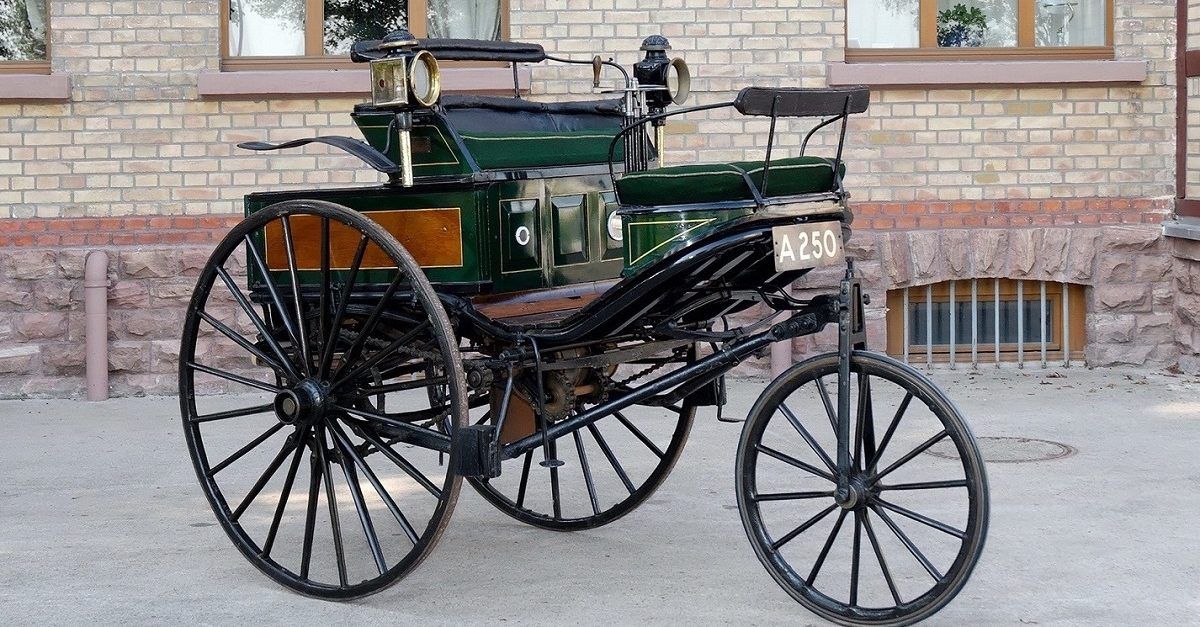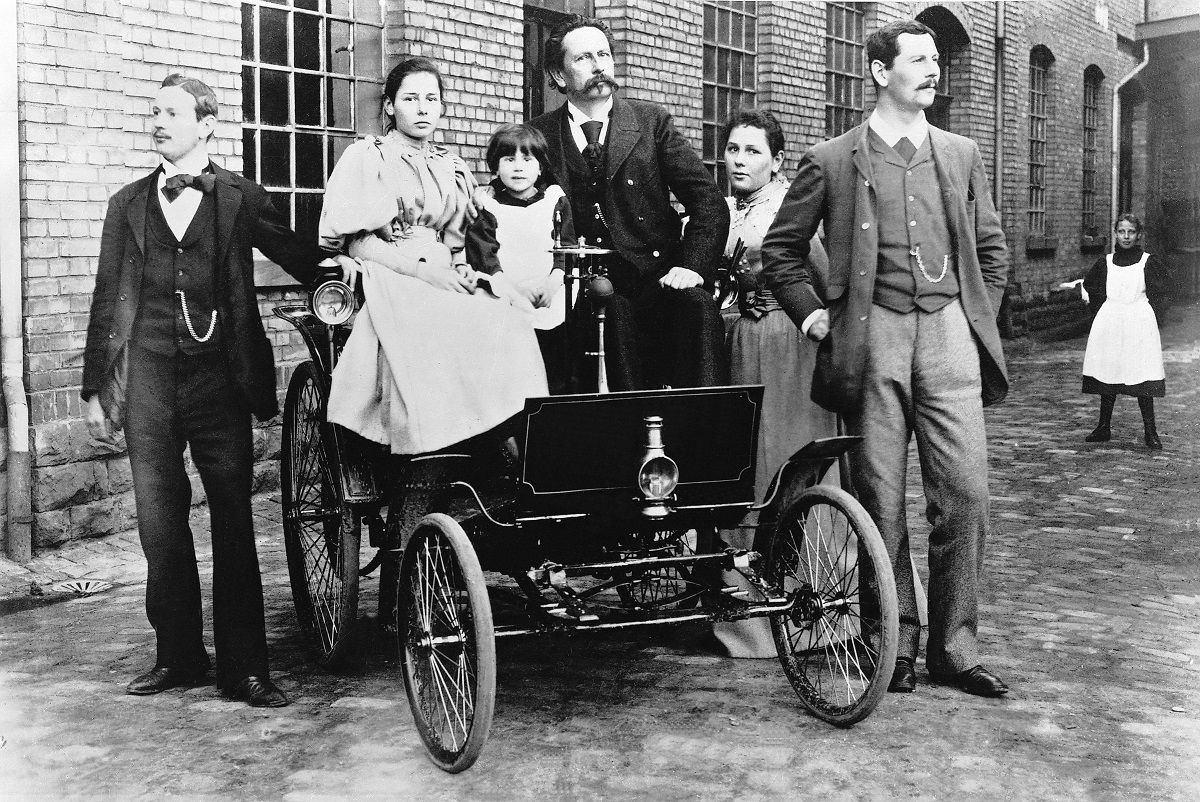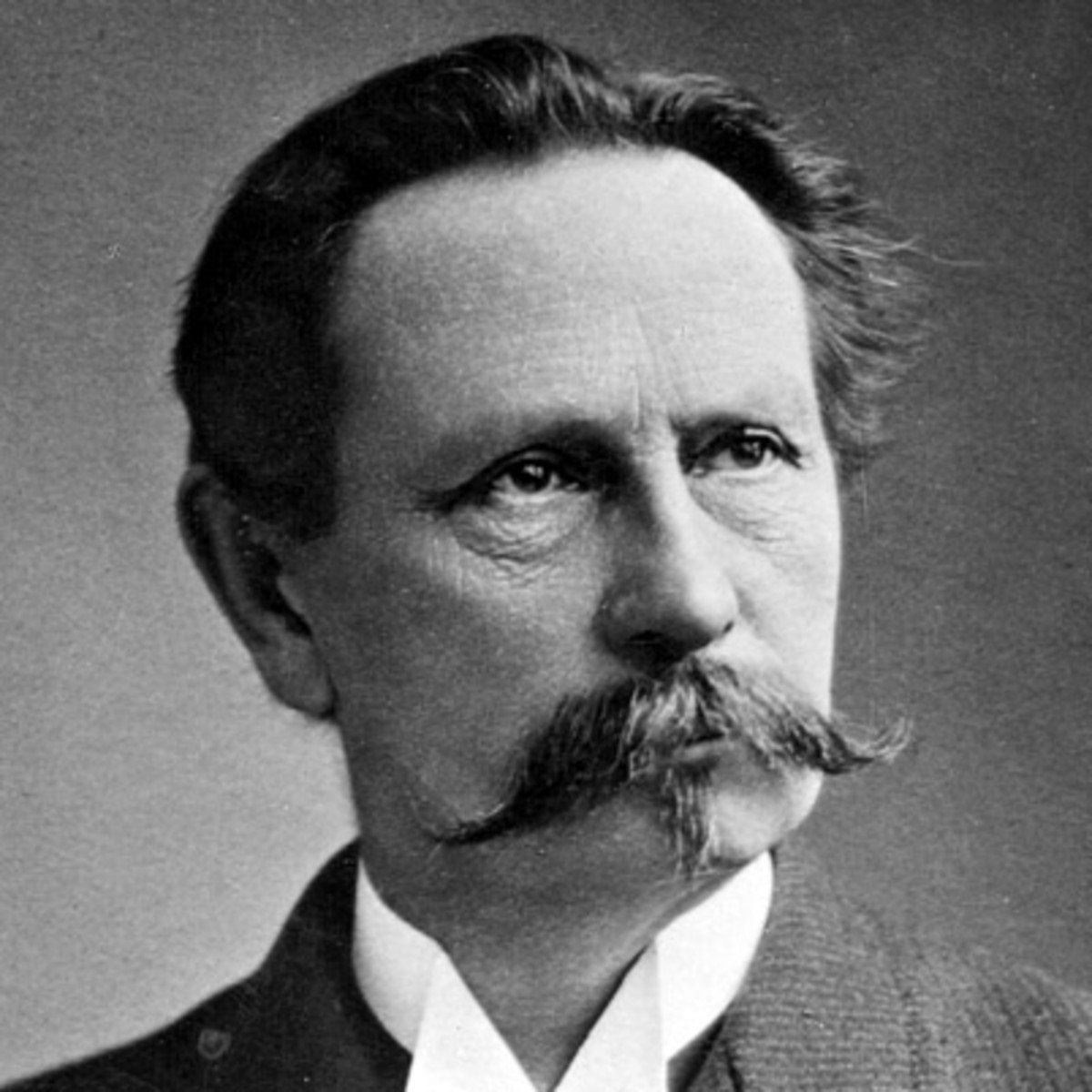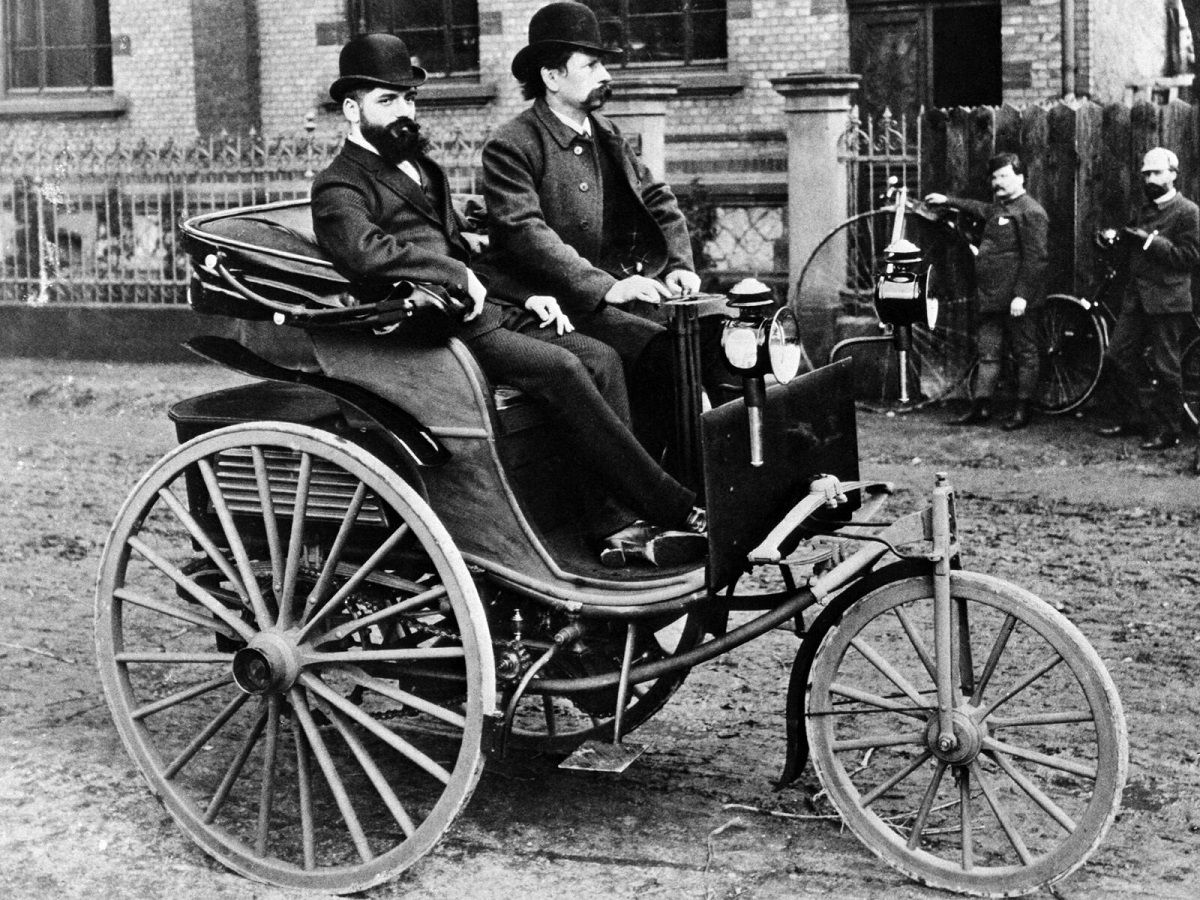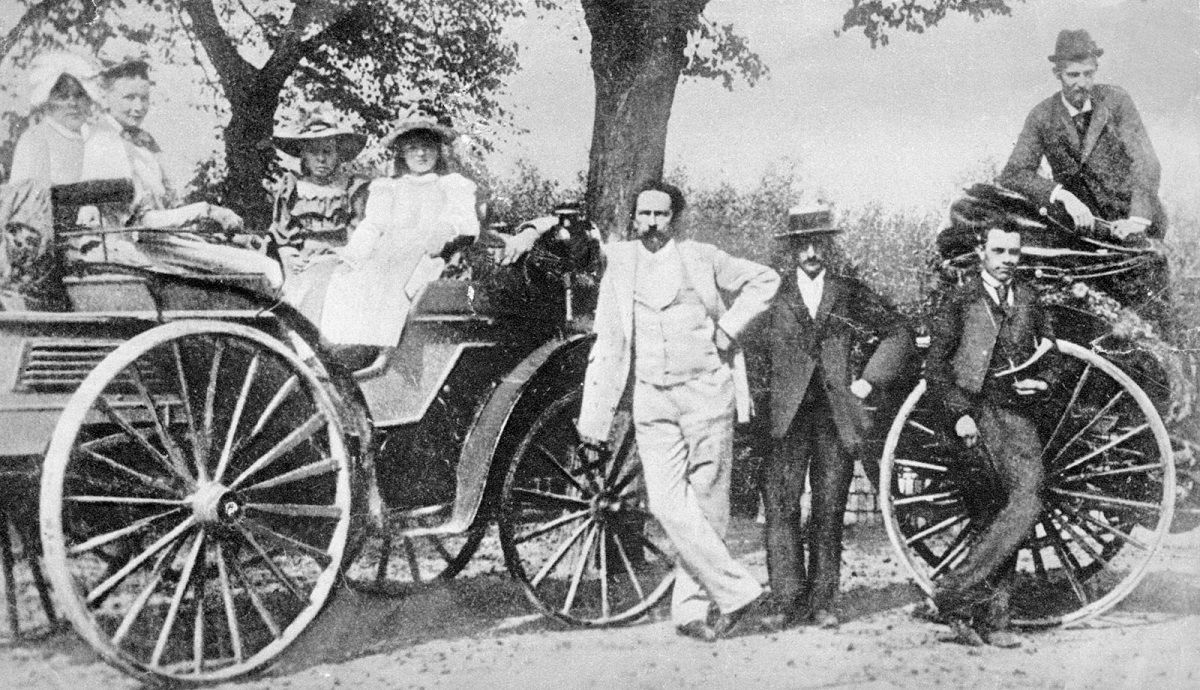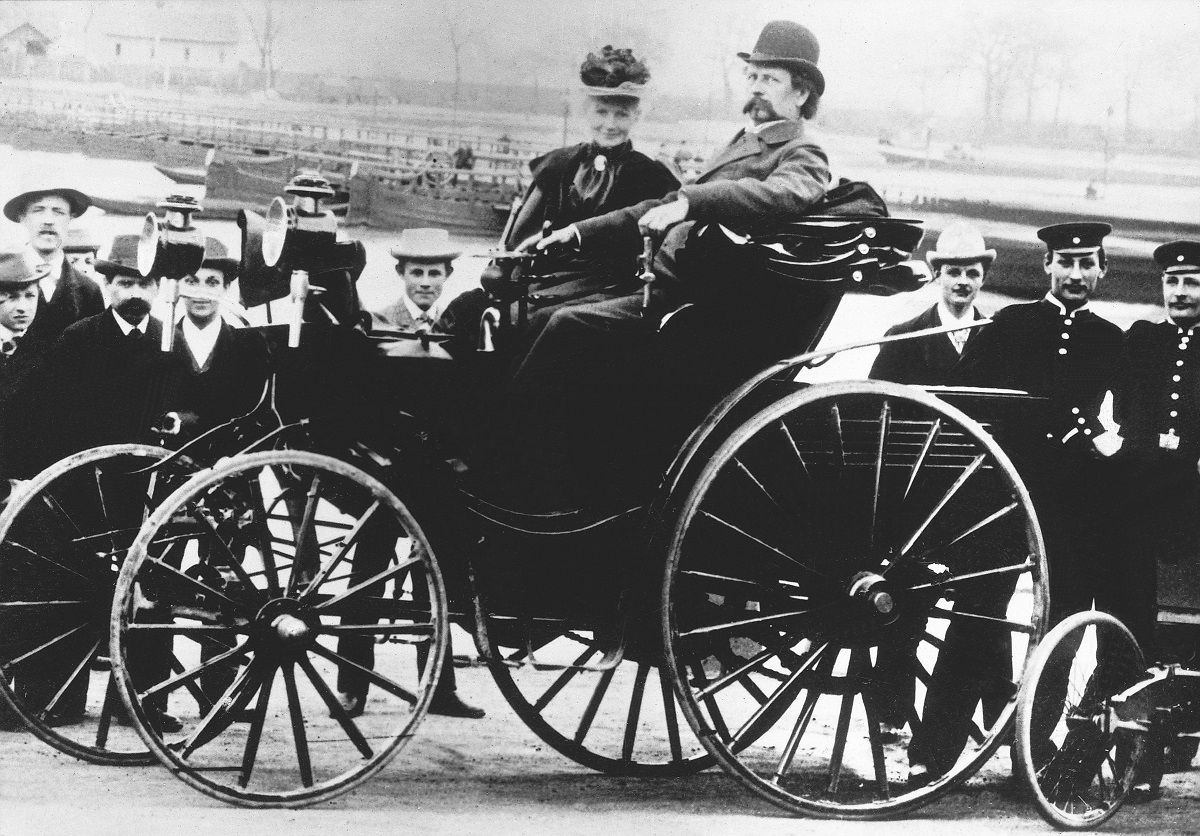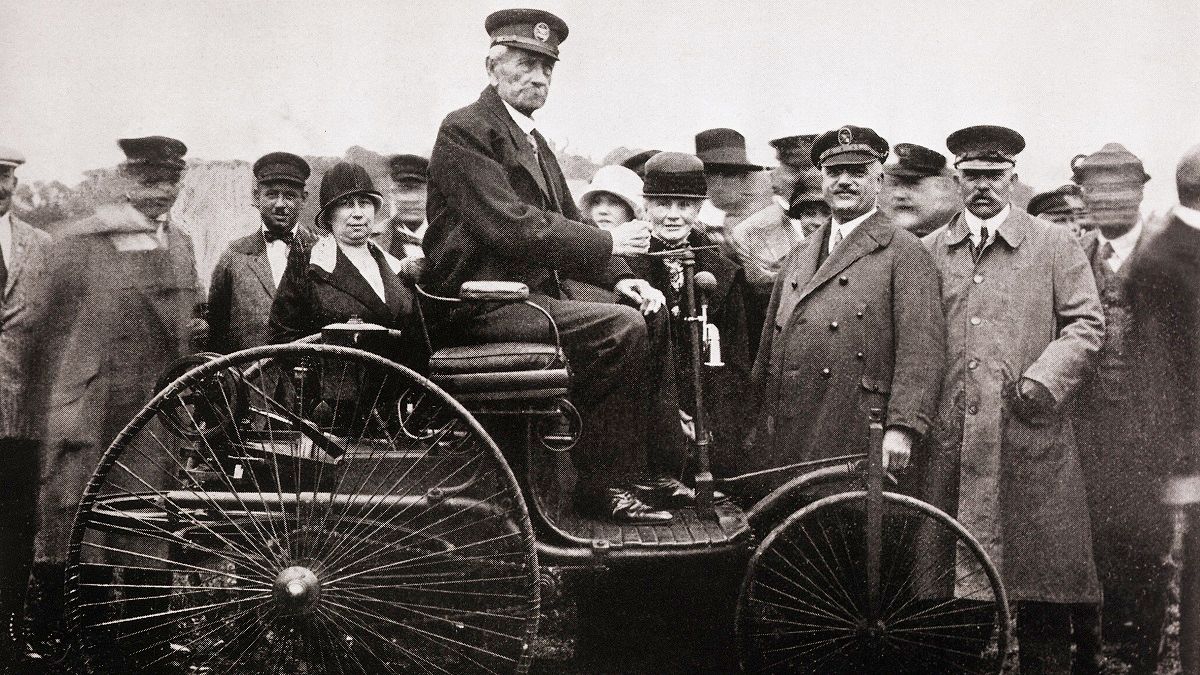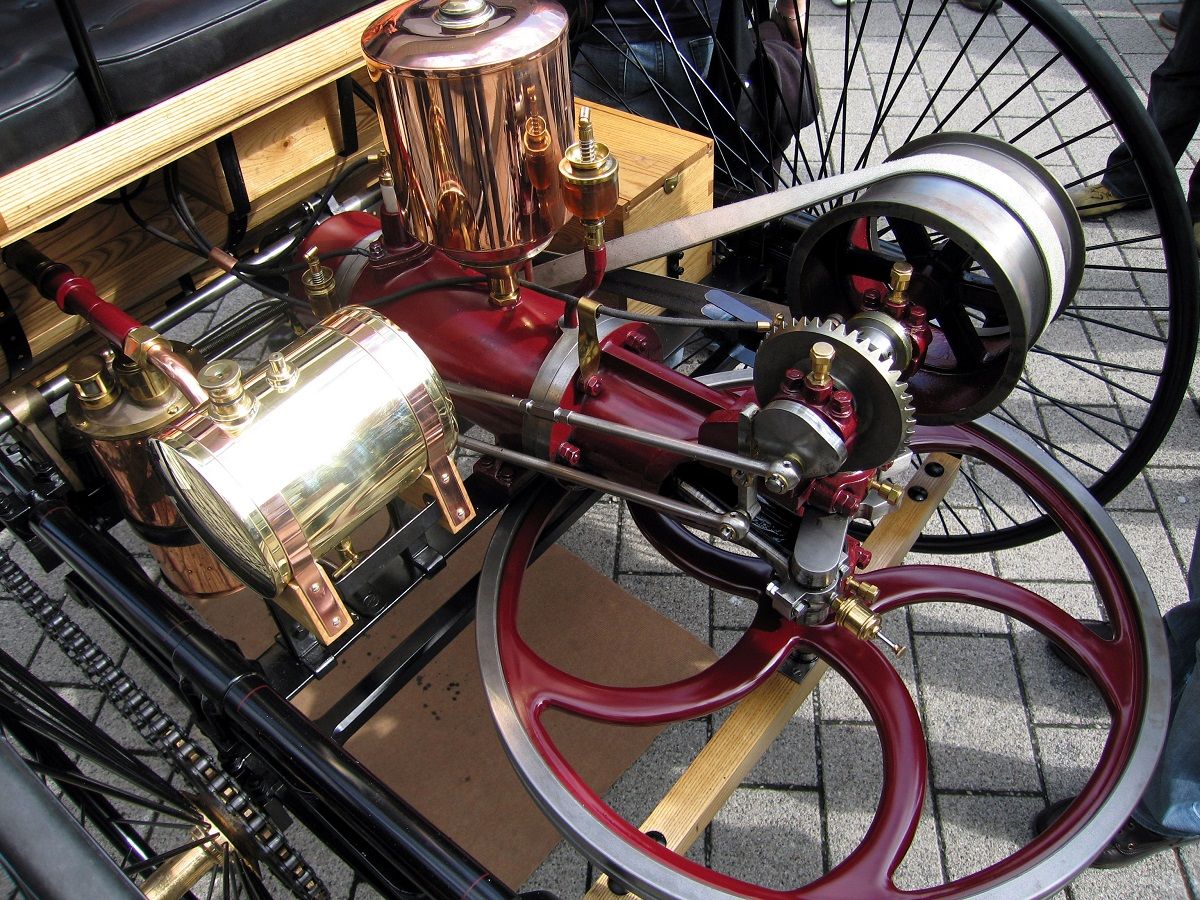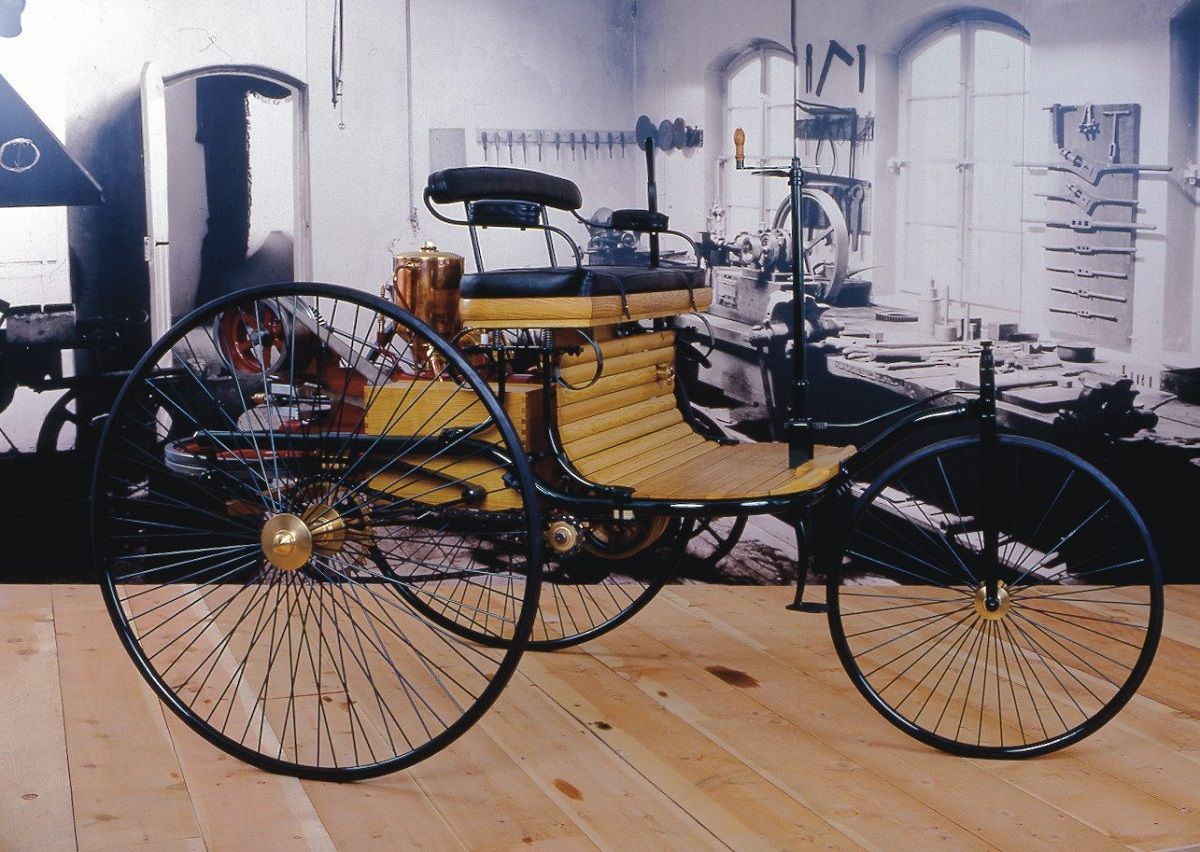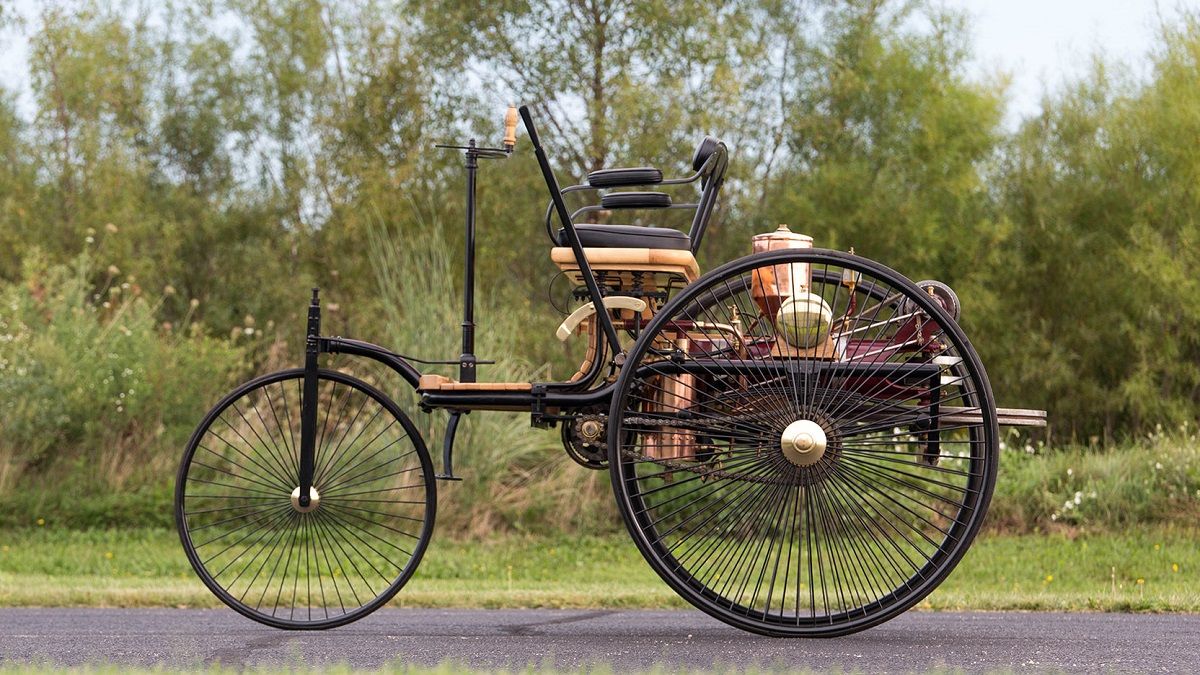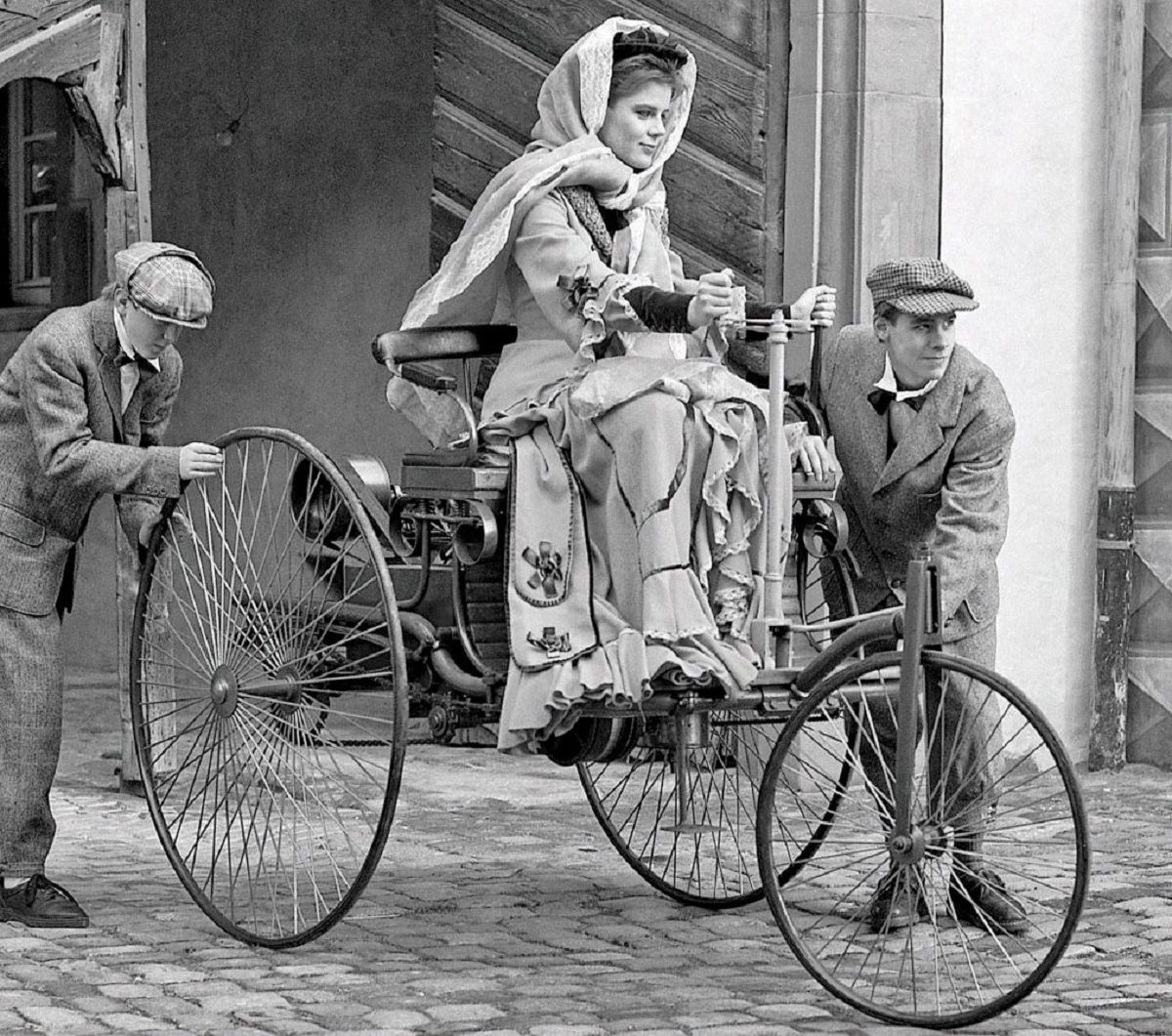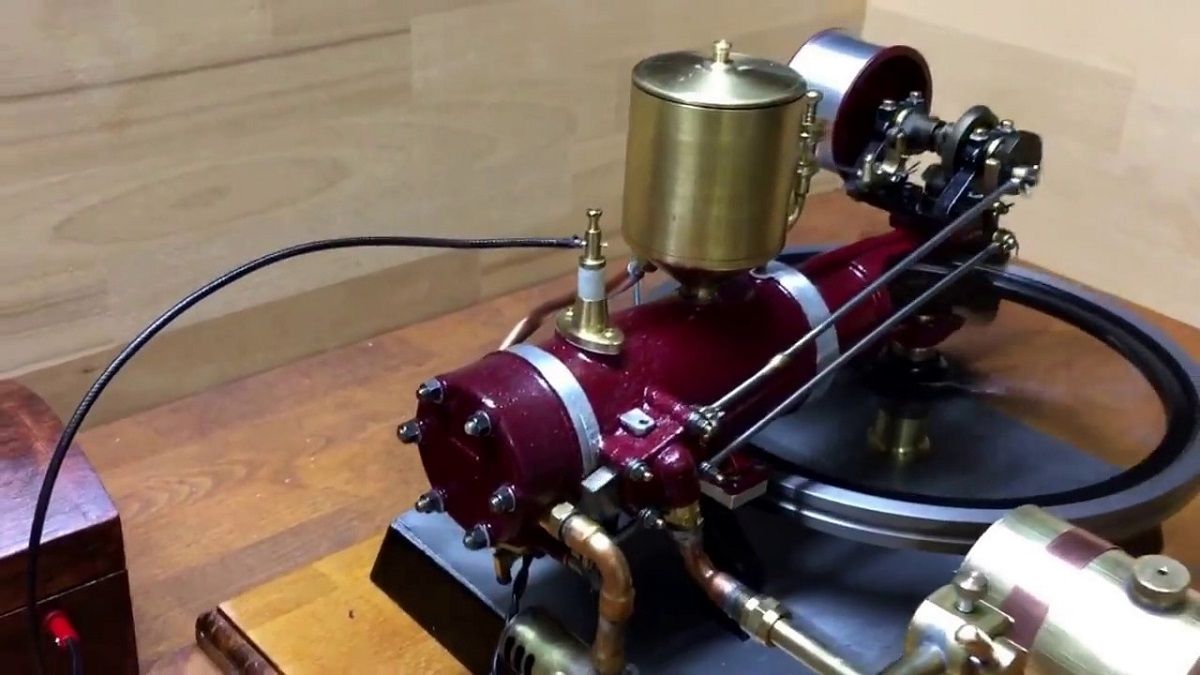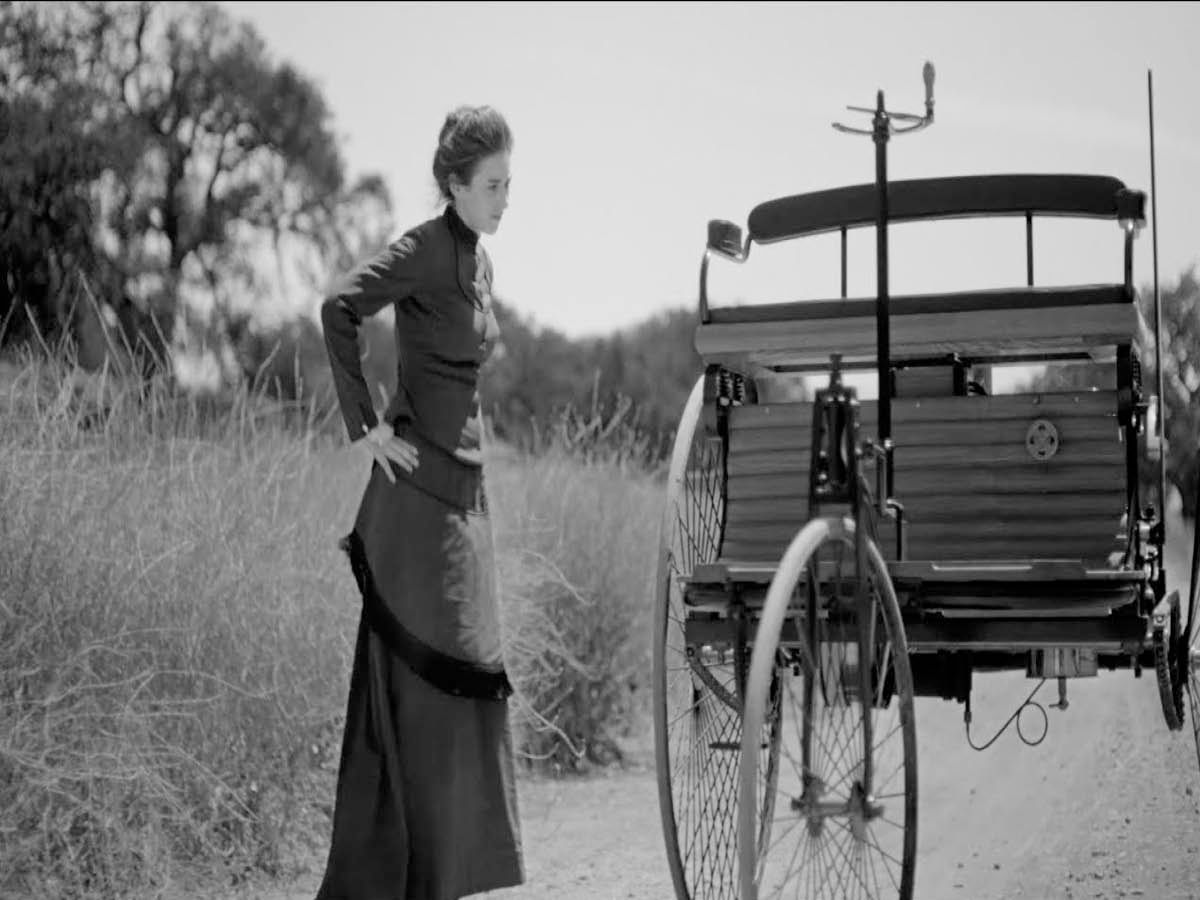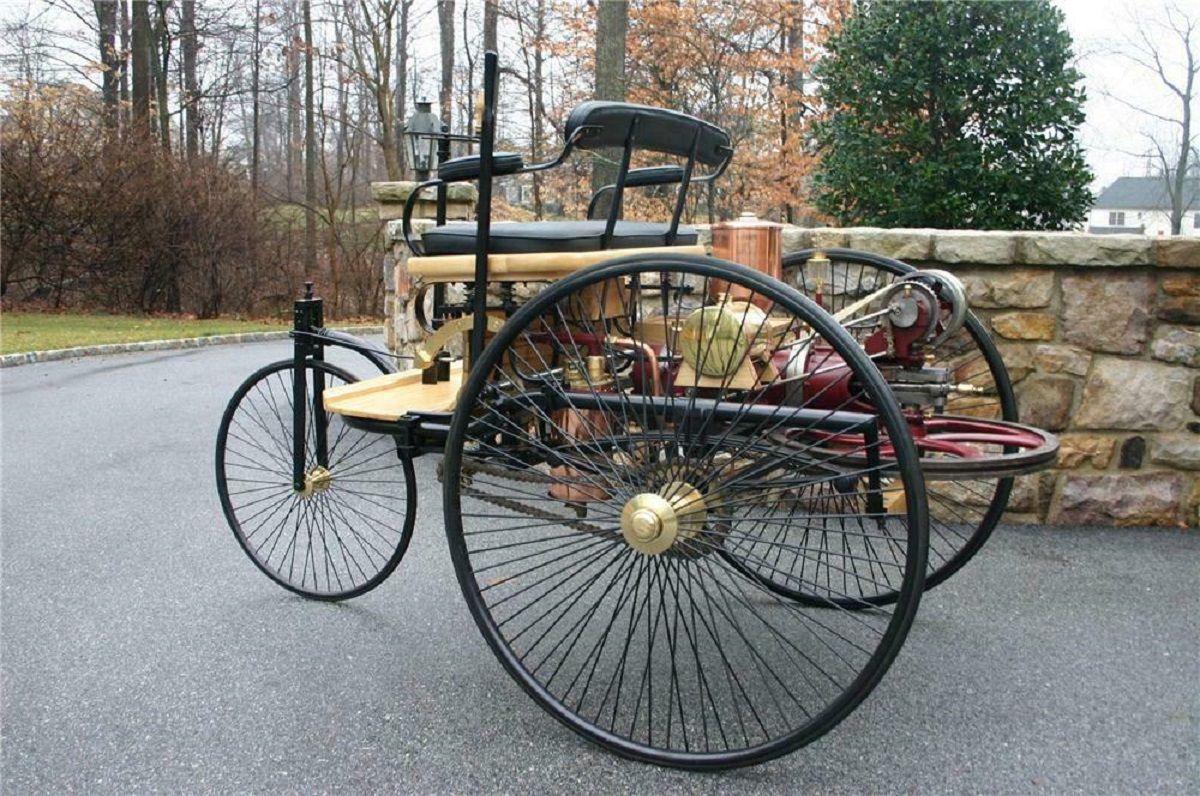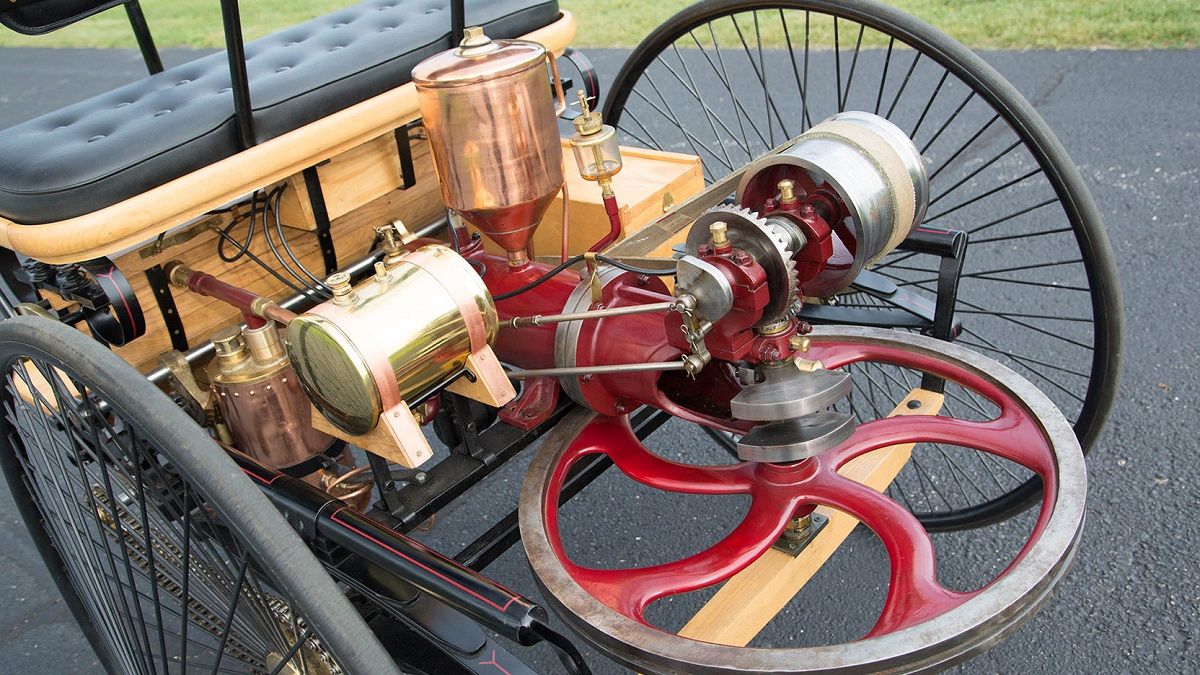Being first isn’t new to Mercedes-Benz, as the automotive world will always be grateful for their introduction of the seat belt, brakes, airbags, gas-powered engine, and the vehicles we all use. Historians are still in conflict over the Benz Patent Motorwagen being the first automobile since it’s the third and most successful of self-propelled carriages released at the time.
With the others bearing very little similarities with what vehicles today, the Motorwagen is not only the first production vehicle but also the first functional vehicle. The vehicle is built with the world’s first gasoline engine and several other first.
The Motorwagen was an immediate success and crowned the Mercedes Company as one of the leaders of the automotive world. This is one technology every human are grateful for as it has spearheaded the development of various aspects of our lives.
This was the World’s First Car
15 When Was It Built?
Our automotive history started with Karl Benz’s introduction of the Benz Patent Motorwagen, which was first built in 1885 in his company Benz & Cie in Mannheim. The vehicle was first introduced in 1885 and went into production the following year, lasting till 1893, when it was replaced the new Benz Velo, which had four wheels.
14 How It Came To Be
Benz and his wife Bertha were Co-owners of an Iron Foundry and Mechanical Workshop in Mannheim, which they both abandoned to start the Benz & Companie Rheinische Gasmotoren-Fabrik, also called Benz & Cie. It was in this company that Benz completed his work in static gas engines and the horseless carriage, our first original automobile.
13 Karl Benz
Karl Friedrich Benz was raised by his mother Josephine Vaillant after his father, Johann Benz passed on. He was a genius by all standards and was particularly interested in the mechanics of the engine. By 1830, he had filed patents for several inventions and have started two different companies. His experience bicycle and similar techs were critical to the creation of the Motorwagen.
12 The Price Tag
With the sophisticated construction of the Benz Patent Motorwagen, you’d expect the price to be through the roof. The Motorwagen cost only 600 German Goldmark's, which was approximately $150 in 1886 and about $4,500 in 2020. For context, the Ford Model T, which was introduced about 25 years later, had its lowest price at $260 in 1925 at the height of the Assembly line process.
11 Benz’s Patents
We’ve mentioned the genius of Karl Benz and hinted on his creations. Karl first worked on creating his petrol-driven two-stroke engine in 1879 and got a patent for it six months later. After this, he also invented and patented the spark plug, carburetor, clutch, gear shift, water radiator, automobile battery, and even the Motorwagen itself.
10 The Motorwagen Unveiling
The first public testing of the Motorwagen on public roads was done in the summer of 1886, which was followed by a series of modifications. In 1889, Carl re-introduced his masterpiece the Motorwagen Model 3, which was displayed at the Paris Expo that same year. The Wagen Model 3 was frequently used by his wife Bertha.
9 The Production Process
The first Motorwagen was completed in 1885 with parts that Benz has been working on since the 1870s. But once the first Motorwagen was constructed, with 7 years from 1886 to 1893, he completed 25 Motorwagens. Meaning it took him just over three months to build one Motorwagen.
8 The First Engine
The original Motorwagen used a Benz 954 cc single-cylinder 4 stroke engine, that was combined with the trembler coil ignition, the same that was used in the Ford Model T. its engine had an output of just 0.6 to 0.9 of horsepower at 250 to 400 Rpm. The engine was designed as an open crankcase engine, which made it very light and prone to oil drip.
7 The Motorwagen Models
After the manufacturing of his Motorwagen model 1, Karl Benz improved the model and introduced two new versions which he used as the standards for other models that were later made. The Motorwagen 2 and 3, which had an engine that produced 1.5 and 2 horsepower respectively and had a max speed of 10 mph.
6 The Engine Ignition
The engine of the Motorwagen was positioned at the back of the vehicle and was left exposed. The vehicle used a flywheel for ignition which was aided by a battery-powered spark plug. This was much safer. However, the major drawback was the fact that the ignition isn’t trustworthy.
5 Bertha’s Roadtrip
Karl Benz owes a lot of his success to his ever-supportive wife, Bertha Ringer Benz. She earlier used her dowry to finance one of his failed enterprises. But by far the most legendary effort she did in supporting Benz, was the popularized road trip she did with the Motorwagen.
4 The Motorwagen Fuel
When Karl Benz invented his Patent Motorwagen, they were almost no access to combustible fuel in Mannheim, Germany. Their only option was to use the crude base washing gasoline, sold mostly in pharmacies. So, pharmacies were technically the first gas station. Also, the fuel tank wasn’t part of the very first Motorwagen and was only introduced in Model 2 and 3.
3 The Motorwagen First Roadtrip
To promote her husband’s invention, Bertha and two of her sons Eugen and Richard, decided to travel back to her maternal hometown of Pforzheim in the southwest of Germany. The journey was a whole 121 miles and took three days to complete. This was the first time the Motorwagen was ever used for a long distance, proving its practicality. Today, the Bertha Benz Memorial Route is celebrated by German people every two years.
2 The Motorwagen Design
Benz designed his Patent Motorwagen to be a three-wheel motor vehicle, that was powered by a gas-driven, rear engine. The Motorwagen was carried by a wooden-spoke wheel and driven by a steering crank. The clutch serves as both the gear and the brake and was powered by a superlight engine that weighed only 220 lb.
1 The Success Of The Motorwagen
The success of the Motorwagen led to the expansion of Benz & Cie. Company. By the end of the century, Benz’s company had 430 employees and was the largest automakers in the world with 572 units being made in 1899 alone. The Motorwagen was replaced by the Benz Velo a four-wheel vehicle and the Hildebrand-Wolfmuller motorcycle both in 1894 and the rest that soon follow.

